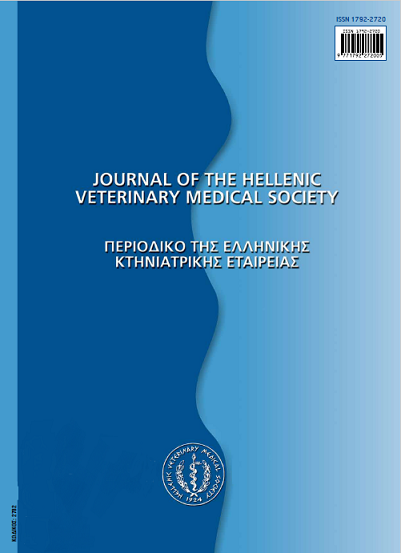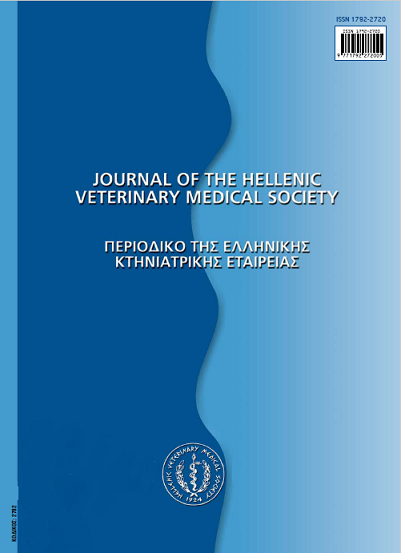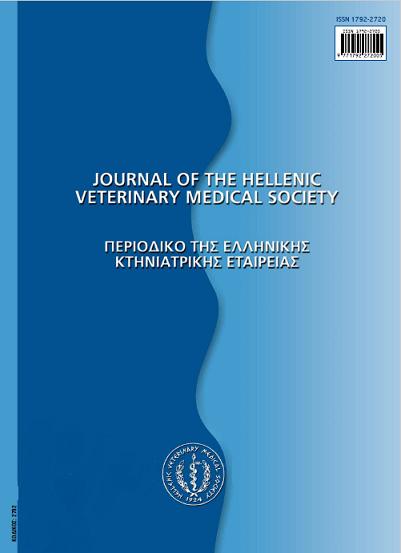The Intensive Care Unit in Veterinary Clinical Practice. Organization and Management

Abstract
The primary idea for intensive care unit stemmed from the appreciation that patients are better served and have better survival rates when treated in a separated and specialized area of the hospital. In Europe, the number of small animal ICUs is increasing, however, most of them are located in Universities due to their high cost and the numerous and specialized personnel required. In humans, all ICUs share the below-mentioned commonalities. They all have designated and adequate spaces, specialized personnel and appropriated nurse to patient ratio and resources to provide continuous care and monitoring. In particular, personnel should be trained to provide intensive medical care to patients with life threatening conditions. In humans, most ICUs run as a close-unit model. In a close-unit model, the intensivist is the primary physician responsible for the full-time ICU care. Modern small animal ICUs usually follow the same model or are embedded in the Anaesthesia Unit. In humans' ICUs, the criteria of an incoming patient meet the following guideline: "A patient is admitted to the ICU only to be benefited of its services and discharged when these services are no longer needed". Particularly, patients entering an ICU are usually patients in need of intensive care orintensive monitoring and patients with life-threatening conditions with few chances of rehabilitation. Critical care patients are a very heterogeneous population, however, they all share the need for high level of care. Conditions that usually result in admission to an ICU vary and include cardiogenic, hypovolemic or septic shock, respiratory failure, cardiovascular abnormalities, metabolic
disorders, neurological disfunctions and trauma. Moreover, emergency surgical patients or patients undergoing elective major surgeries, such as chest or abdominal procedures, usually require post-operative hospitalization in the ICU. The main case load in Veterinary ICUs refers to septic or traumatic shock, systemic inflammatory response syndrome and acute respiratory distress syndrome, severe metabolic disorders, such as diabetic keto-acidosis, intoxications and trauma. The main disadvantage of a Veterinary ICU operation is the owner's ability to pay for the cost of treatment. Poor prognosis for recovery in combination with the long duration of hospitalization usually result in euthanasia. Veterinary interest on Emergency and Critical Care has grown considerably over the last 15 years, making this field one of the most rapidly developing specialties in veterinary medicine today. As dogs and cats become an integral part of our society, the demands on applying a standard of care approaching that of human medicine are increasing. Providing that long-term prognosis is good, animals stand to benefit from the development of Emergencyand Critical Care field.
Article Details
- How to Cite
-
FLOURAKI (Ε. ΦΛΟΥΡΑΚΗ) E., SAVVAS (Ι. ΣΑΒΒΑΣ) I., & KAZAKOS (Γ. ΚΑΖΑΚΟΣ) G. (2017). The Intensive Care Unit in Veterinary Clinical Practice. Organization and Management. Journal of the Hellenic Veterinary Medical Society, 62(4), 344–351. https://doi.org/10.12681/jhvms.14866
- Issue
- Vol. 62 No. 4 (2011)
- Section
- Review Articles
Authors who publish with this journal agree to the following terms:
· Authors retain copyright and grant the journal right of first publication with the work simultaneously licensed under a Creative Commons Attribution Non-Commercial License that allows others to share the work with an acknowledgement of the work's authorship and initial publication in this journal.
· Authors are able to enter into separate, additional contractual arrangements for the non-exclusive distribution of the journal's published version of the work (e.g. post it to an institutional repository or publish it in a book), with an acknowledgement of its initial publication in this journal.
· Authors are permitted and encouraged to post their work online (preferably in institutional repositories or on their website) prior to and during the submission process, as it can lead to productive exchanges, as well as earlier and greater citation of published work.









